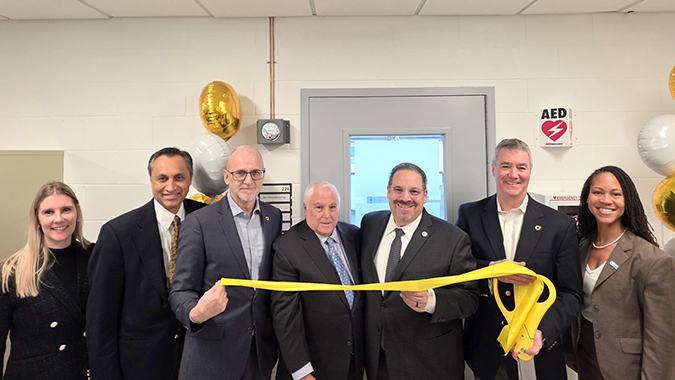In response to the recent release of affordable housing obligations for New Jersey’s 564 municipalities under a new law, NJBIA is warning that proposed land use rules by the state Department of Environmental Protection will greatly impede certain towns from meeting those requirements.
The DEP’s proposed Resilient Environments and Landscapes (REAL) rules establish expanded “inundation risk zones (IRZs),” based on dated and low-confidence science, which will require the building or rebuilding of structures 5 feet higher than existing flood elevation standards.
With that and other extreme provisions of the rule, affordable housing in urban, suburban and rural municipalities will be much more difficult, and in some cases impossible, to establish even in the distant vicinity of tidal waters.
“The DEP rules effectively create ‘no build’ areas,” said NJBIA Deputy Chief Government Affairs Officer Ray Cantor. “They extend flood mapping into areas that have never flooded and likely will never flood. They make the development process more complicated, time consuming, and less predictable, subjecting development in many areas to increased and costly regulatory requirements.
“As such, the DEP is acting in direct contravention of the state’s affordable housing policies. We cannot have a prosperous society and a robust economy if the residents of the state cannot afford to live here.”
Other extreme conditions of the rule include the allowance of only 3% of impervious cover on new construction in an IRZ.
Other changes to stormwater rules in the 1,057-page DEP document will impede any urban development or redevelopment, Cantor said.
“This proposal changes the stormwater requirements so that a redevelopment project in an urban area would need to meet the same stormwater requirements as if it were being built in a greenfield in a rural area,” Cantor said.
Earlier this year, Gov. Phil Murphy signed a law that standardizes affordable housing obligations for municipalities throughout the state in an effort to build more housing units.
On Oct. 18, the state Department of Community Affairs released calculations of how many low- and moderate-income housing units municipalities must construct or plan for by 2035.
Some of the state’s urban locations that will find themselves greatly impacted by IRZs include Jersey City, Asbury Park, Atlantic City and Camden.
Those four cities, alone, are obligated to provide a combined 6,134 units of affordable housing, according to the DCA calculations.
Numerous inland towns near rivers and bays would also have expanded acreage under the IRZ restrictions.
“We recognize that affordable housing perhaps should not be built in areas subject to frequent flooding,” Cantor said. “The problem with this proposal is it needlessly places thousands of acres of developable and prime real estate out of bounds due to its extreme projections and provisions.”
The DEP is basing its 5.1-foot flood elevation standard on the notion that seas will rise 5 feet by 2100 – which was a low-confidence data point in a single study from 2019 that was never intended to be a policy document.
“The Department should use a likely sea level rise standard of 2 feet, which is in line with generally accepted national and international projections and it would still make New Jersey the most protective state in the nation,” Cantor said. “If sea level rise is shown to be trending higher, we have 75 years to adjust.”




